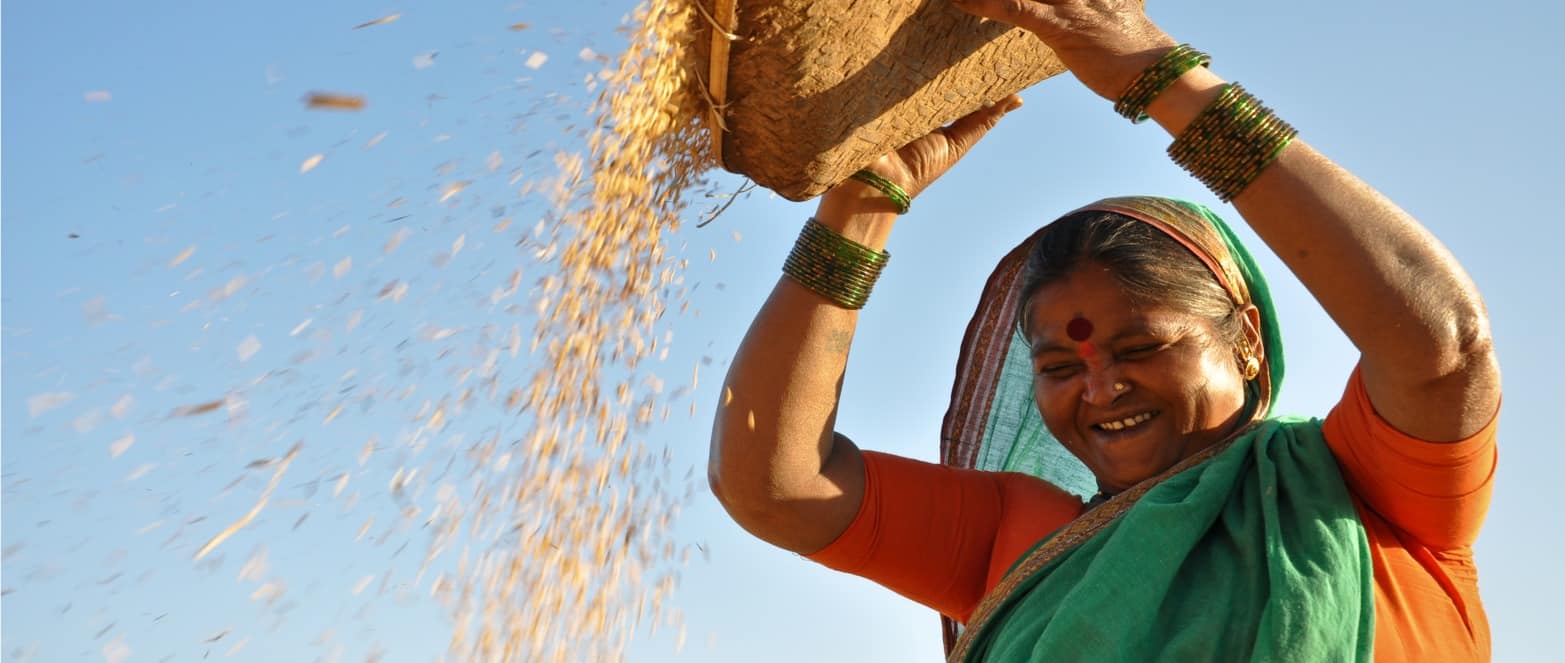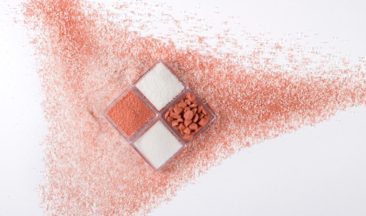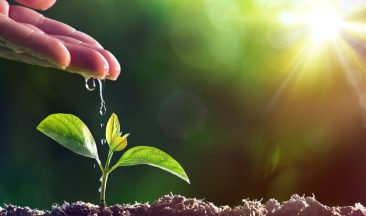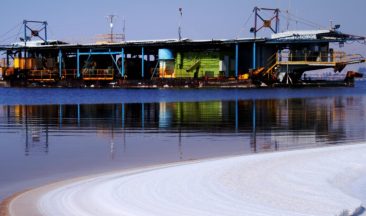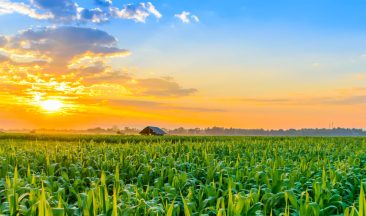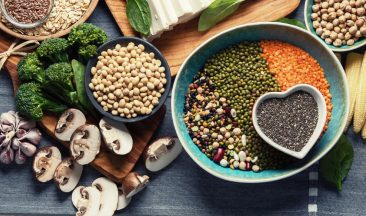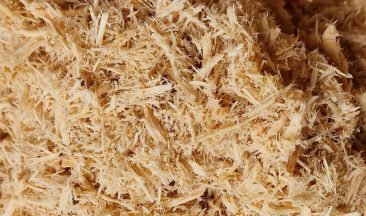One of the most important methods used in agriculture is fertilization, which enables larger produce of a higher quality. It helps feed a population that never stops multiplying.
Loss of privacy? The internet taking over the world? You don’t have to go far in order to find the real threat to the future of mankind. The breathtaking pace of world population growth may lead to a global shortage of food. In 1960, only around 3 billion people lived on earth, while in 2030 scientists estimate that over 8.3 billion people will be living on it.
It is hard to miss the negative pattern: while the amount of food consumed by humanity is on the rise, the amount of resources needed to produce food, such as farmland, water and energy, is dropping. The following fact does not give the world’s agricultural industry any peace either — according to data from the World Bank, the past 50 years has seen a drop of about a third in the area of land designated for farming in favor of accelerated urbanization processes.
All signs show that water deficiency in certain countries may have a negative effect on food prices as well. So what do we do? How do we deal with these dark prophecies? And furthermore, how do we increase the amount of agricultural produce and enhance its quality?

Fertilization is as important to plants as quality food is to our bodies. To thrive healthily, every plant needs 16 minerals and chemical elements, including nitrogen, phosphorus, potash, calcium, sulphur and magnesium. Without all of these, farmland is barren.
“World population grows constantly, but it’s not just that,” explains Patricia Imas, PhD, Chief Agronomist at ICL Fertilizers. “The rise in the standard of living in countries such as India and China has led to changes in nutritional habits. Wheat and rice have been joined by a more varied menu of dairy products, meat, vegetables and fruit. All of these require an increase in agricultural produce.”
One of the most important ways to increase the amount and quality of produce is through the process of fertilization. Up until the modern age, natural farmland was able to grow much less produce than can be grown today. The population was much smaller, and so it was enough to fertilize the land with residues of plants and animal manure. These days, when produce levels are required to be ten times as high, using chemical and mineral fertilizers is indispensable. Norman Borlaug, winner of the 1970 Nobel Peace Prize, has stated that without use of fertilizers, only half the population of the world would get proper nourishment. In other words, without fertilization we would all go hungry.
The Hebrew bible has ordered that we “rest” the land every seven years in order to let it get back the much-needed minerals it has lost naturally. But today, explains Imas, modern agriculture allows us to have a few farming periods per year.
You may also be interested in:
Polysulphate – Great news for farmers
Fertilizers significantly affect flavor and extend crop shelf-life
On top of increasing the amount of crops, fertilization significantly affects the flavor, color, vitamin count, and oil percentage in seeds; and it extends crop shelf life. The element most responsible for increasing produce is nitrogen, while the element most responsible for the quality of the crops is potassium.
Imas adds at this point that in view of the fact that potassium is more expensive than nitrogen (which is produced from air), many farmers in developing countries use only nitrogen and cause much damage. The practice causes an imbalance between the elements and leads to environmental pollution by unused nitrogen which harms the quality of crops. She says that as part of the efforts to increase potassium fertilization, collaborative programs are now in operation that demonstrate the benefits of potassium in improving the flavor and appearance of fruit and vegetables.
Can humanity sleep soundly? “There is still a long way to go, but in certain countries such as India, breakthroughs are already being noted with agricultural companies, including ICL itself, entering these programs in order to increase the quality of produce and economic profitability while keeping the environment safe,” Imas concludes.
